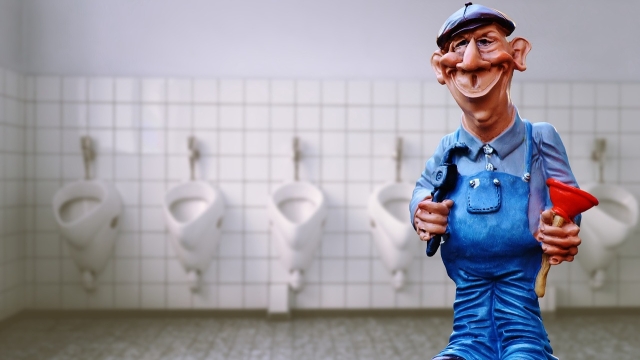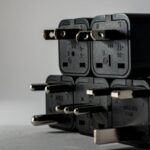
Understanding Sump Pumps Types and Functions

Water damage can be a homeowner’s worst nightmare, leading to costly repairs and potential health risks. Sump pumps play a crucial role in preventing such damage by managing excess water accumulation in basements and crawl spaces. Understanding how these devices work, when to install them, and how to maintain them is essential for any homeowner looking to protect their property from flooding. This article provides an overview of sump pump installation, its importance, and practical steps to ensure proper functioning.
Understanding Sump Pumps: Types and Functions
Sump pumps are devices designed to remove water that has accumulated in a sump basin, typically found in the basement or crawl space of a home. There are two primary types of sump pumps: submersible and pedestal pumps. Submersible pumps are installed below the water level in the sump pit, allowing them to handle larger volumes of water effectively. These pumps are often quieter and more efficient for continuous use. On the other hand, pedestal pumps sit above the sump pit and can be easier to service, but they may not be as effective in high-water situations.
Both types of pumps operate using a float switch that activates the pump when the water level rises to a certain point. When the pump engages, it directs the excess water away from the foundation of the home, thereby preventing flooding and water damage.
Signs You Need a Sump Pump Installation
Recognizing the signs that indicate a need for sump pump installation is vital for any homeowner. Some common indicators include:
- Frequent Basement Flooding: If you notice water pooling in your basement after heavy rain, it may be time to consider a sump pump.
- High Humidity Levels: Excess moisture in your basement can lead to mold and mildew growth, which can be harmful to health.
- Cracks in Foundation Walls: Visible cracks may indicate water infiltration and the need for a sump pump to redirect water away from your foundation.
- Wet or Damp Carpets: If carpets or flooring are consistently damp, this may signal a water management issue.
Step-by-Step Guide to Sump Pump Installation
If you are considering a DIY approach to sump pump installation, here’s a step-by-step guide to help you through the process:
- Choose the Location: Identify the lowest point in your basement for sump pump placement. Ensure it is away from walls and other structures.
- Excavate the Sump Pit: Dig a hole about 2 feet deep and wide enough to accommodate the sump basin. Ensure proper drainage away from the house.
- Install the Sump Basin: Place the basin into the pit and ensure it is level with the surrounding floor.
- Connect the Pump: Follow the manufacturer’s instructions to connect the pump to the basin and ensure the float switch can move freely.
- Install a Discharge Pipe: Connect a discharge pipe to direct water away from the home. Ensure the pipe slopes away from the foundation.
- Test the System: Fill the basin with water to test the pump’s operation and check for any leaks.
While a DIY approach may be tempting, hiring a professional for sump pump installation can ensure the job is done correctly and safely, providing peace of mind and reducing the risk of future issues.
Choosing the Right Professional for Sump Pump Installation
When selecting a professional for sump pump installation, consider the following:
- Experience: Choose a contractor with a proven track record in sump pump installation.
- References: Ask for references from previous clients to gauge satisfaction with their work.
- Licensing and Insurance: Ensure the contractor is licensed and insured to protect yourself from liability.
Maintenance Tips for Your Sump Pump
Regular maintenance is key to ensuring your sump pump operates efficiently. Here are some tips:
- Test the Pump: Run the pump periodically to ensure it functions correctly.
- Clean the Sump Pit: Remove debris and sediment from the sump pit to prevent clogs.
- Check the Float Switch: Ensure the float switch moves freely and is not obstructed.
- Inspect the Discharge Pipe: Check for blockages that may prevent water from being redirected away from your home.
In conclusion, understanding sump pump installation is essential for protecting your home from water damage. Whether you choose to tackle the installation yourself or hire professionals, ensuring that your sump pump is correctly installed and maintained will provide long-term benefits. For expert advice and assistance, consider consulting with local professionals who specialize in sump pump installation.
For more information, visit this resource to learn about sump pump options and services available in your area.

